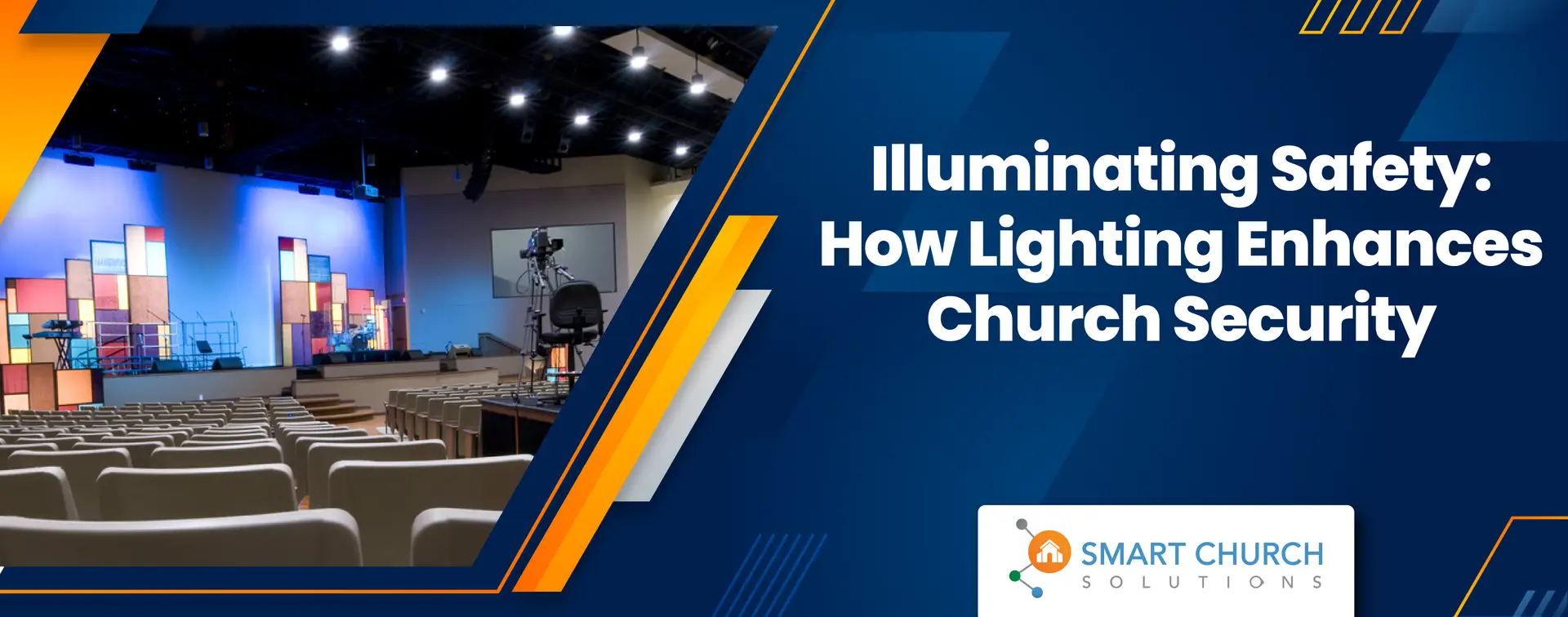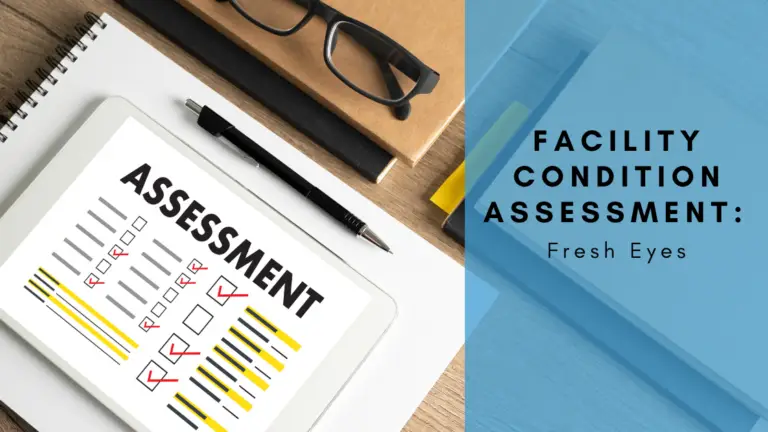Ensuring the safety and security of congregants and property is a top priority for any church. While churches are places of worship and fellowship, they are also vulnerable to security threats, ranging from vandalism to more serious incidents.
Therefore, in the following paragraphs, we’ll explore how keeping interior and exterior lights can enhance a church’s security in the following paragraphs.
1. Deterrence Through Visibility
One of the most effective ways to deter potential intruders or vandals is to maintain well-lit exterior areas—and interior lighting, in some cases—around the church building. Adequate lighting illuminates entry points, parking lots, walkways, and other outdoor spaces. In turn, proper lighting reduces hiding spots and makes it easier to detect suspicious activity. Intruders are less likely to target a well-lit church property, knowing that they are more visible and at higher risk of being apprehended. With the reduced price, low operating cost, and extended life expectancy of LED lighting, this is an effective strategy that is not highly costly.
2. Increased Surveillance and Monitoring
Proper lighting enhances the effectiveness of security cameras and surveillance systems installed around the church premises. Bright lights ensure clear visibility, allowing cameras to capture high-quality footage even during nighttime. This enables security personnel or law enforcement to monitor the property more effectively and respond promptly to any security incidents or unauthorized access.
3. Enhanced Visibility for Patrolling Personnel
Maintaining adequate lighting for churches that employ security guards or have volunteer patrols ensures their safety and effectiveness. Bright exterior lights improve visibility for patrolling personnel, enabling them to detect any suspicious activity or individuals lurking around the property. This increased visibility enhances security and provides peace of mind for congregants and staff members.
4. Safety for Congregants and Visitors
Well-lit exterior areas also contribute to the safety of congregants and visitors attending church events or services, especially during evening hours or nighttime events. Proper lighting in parking lots, pathways, and entry points minimizes the risk of slips, trips, and falls, reducing the likelihood of accidents and injuries. It also helps individuals feel safer and more secure as they arrive and depart from the church premises.
5. Interior Lighting for Surveillance and Access Control
Like exterior lighting, maintaining adequate interior lighting is crucial for security within the church building. Well-lit interior spaces allow for better surveillance and monitoring of activities inside the building, deterring unauthorized access and minimizing the risk of theft or vandalism. In addition, interior lighting enhances visibility for congregants and staff, creating a welcoming and secure environment for worship and fellowship.
6. Utilizing Timers and Motion Sensors
To maximize security while conserving energy, churches can implement timers and motion sensors for their exterior lighting systems. Timers can be programmed to automatically turn lights on and off at designated times, ensuring consistent illumination during evening hours or when the church is not in use. Motion sensors activate lights in response to movement, alerting security personnel and deterring potential intruders.
Bonus: Integrating CPTED for Enhanced Church Security
In addition to using lighting for security, churches can benefit from Crime Prevention through Environmental Design (CPTED). This strategy focuses on designing the environment to reduce crime opportunities. Below are the key principles:
- Surveillance: Ensure all areas, especially parking lots and walkways, are well-lit to maximize visibility and deter potential intruders.
- Natural Access Control: Use landscaping and pathways to guide visitors and limit access points, making unauthorized entry more difficult.
- Territorial Reinforcement: Clearly define different areas within the church with signage and barriers to signal that these spaces are monitored and controlled.
- Maintenance: Regular upkeep of the property signals that the area is cared for and monitored, deterring potential criminals.
- Facility Hardening: Install physical barriers, such as reinforced planters or bollards, to protect against potential threats and control access.
By incorporating these CPTED principles and effective lighting, churches can significantly enhance their security and create a safer environment for all.
Conclusion: Shining a Light on Church Security
In conclusion, keeping interior and exterior lights is an excellent means of enhancing a church’s security. Proper lighting is vital in safeguarding church property and fostering a secure environment for worship and fellowship.
As churches prioritize safety and security measures, investing in lighting infrastructure and maintenance is a proactive step toward protecting their congregation and preserving the sanctity of their sacred spaces.








